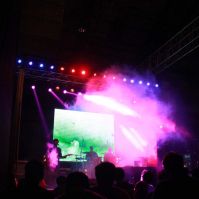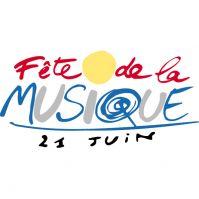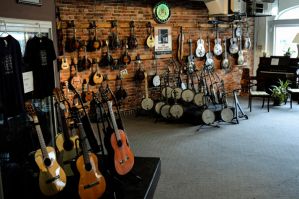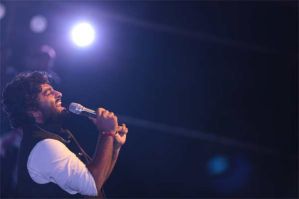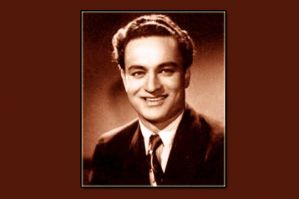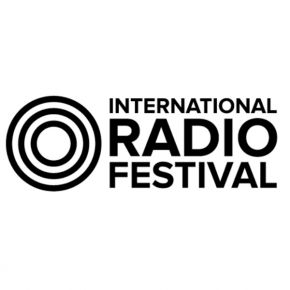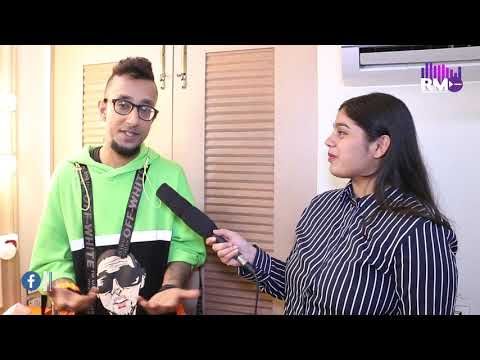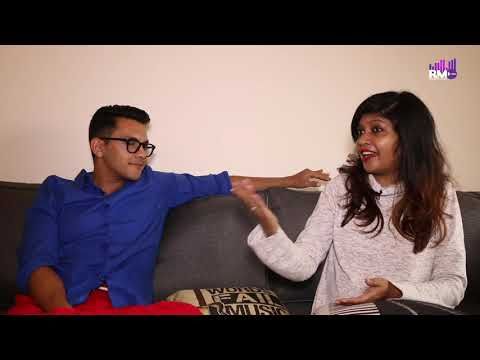Bootleg baloney: It's music to the ears!
Come December, and the air starts humming with excitement. Be it the winter solstice, or new year revelries, festivities crowd the calendar. For a small but devoted section of Indian classical music aficionados, this is the time to head to Chennai where the annual 'music season' is in full swing.
Celebrated during the lunar month known as 'Margazhi' in Tamil (mid-December to mid-January), the season has the city reverberating to the drone of the tanpura and the lilt of the mridangam in music concerts organized by the many 'gana sabhas', or music academies, across the city. (Although this has since diversified into a month-long classical arts festival covering dance and the visual arts as well; music, especially the Carnatic style, remains centre-stage.)
For the music fan able to make the annual pilgrimage, as it were, Chennai is heaven on earth. For those unable to attend the concerts, all is not lost: the access route lies in bootleg recordings.
A bootleg recording is an audio and/or video recording of a performance that has not been officially released by the artist. Until some years ago, bootlegs meant raspy recordings hurriedly made on hand-held 'walkmans', physically bulky to carry around, on magnetic tapes with limited time capacity. And then the digital audio revolution happened, making it incredibly easy to record, store and share music files of huge sizes.
And it's not just Chennai where bootlegs are made. There is a very strong chance that the next concert you attend, wherever in the world you are, will have the odd bootlegger somewhere in the audience, with her digital audio player in hand, diligently recording the performance for posterity.
Although it doesn't explicitly refer to bootlegging, Indian law is fairly straightforward on this. Making any sound or visual recording of a performance without authorisation from the artist is an infringement of the performer's rights, except when such a recording is made for private use (Articles 38 & 39, Indian Copyright Act). Similarly, both the Berne Convention and the WIPO Performances and Phonograms Treaty state that the rights to authorize recordings are with the artist.
But with the digital audio player, often synonymous with the mp3 player, the idea of a recording made for 'private use' no longer exists. The ease of ripping an entire concert and uploading it means it is available to anyone in the world who wants it within hours of the performance itself.
Most bootleggers are aware of the infringement, and yet persist. Several listeners download these files, effectively taking the private out of 'private use'. Most artists, too, are aware of this, and conveniently turn a blind eye. (However, some of the younger artists, notably T M Krishna and Bombay Jayashri Ramnath, have begun to assert their rights and request users to not upload their performances online).
Why is there such a conscious indifference to the law among artists and listeners alike? On the face of it, there are at least two aspects to this: firstly, live concerts form a relatively small part of a classical musician's commercially available portfolio. So, for a music fan of an artist who has less than ten studio-recorded albums in the market at a given time, but performs publicly twenty times a year, it is extremely tempting to record/distribute/access the performances. Secondly, for an artist, an online audio/video bootleg is the easiest and cheapest tool to popularize one's work. This usually with the implicit assurance that dedicated fans will not attempt to commercially profit from these recordings.
A third, perhaps less obvious, rationale for this indifference lies in the nature of Indian classical music itself. Being essentially improvisational, Indian classical music is slightly different from forms that rely on static melody. The musical composition usually takes backstage to the performer's interpretation of the raga. Such a performance tradition, usually spontaneous and without any prior preparation, effectively makes every performance unique, often not replicable by even the performer, and very valuable. Bootlegs of concerts and their availability in the public domain, in this context, take on a whole new significance in documenting musical history.
Trading bootlegs in Indian classical music does not seem to have caught on commercially, the way it has in popular forms of music (e.g., Beatles bootlegs are legendary). But it is very easy for a small record label to access these recordings online, transfer them to a digital storage device, and mass manufacture the recording for sale. Perhaps this is where performers (and organizers of performances) can nip things in the bud.
Performance contracts usually contain reproduction and recording rights. But these need to be designed in ways that ensure the concert recordings come to market as soon as possible. Things are changing in India, but very slowly, and not everywhere:
A Coimbatore company has recently acquired the rights to concerts at the Madras Music Academy . Some of these, mostly post-2003, are available.
The Shriram Bharatiya Kala Kendra in Delhi began releasing concerts from its Shankar Lal music festival some years ago, but they are not marketed too well.
The annual Vishnu Digambar Samaroh is legendary in the monsoon calendar of the national capital, but has no commercially available recordings of its concerts.
The Dover Lane Music Conference in Kolkata has a fancy website, but no information about recordings.
The Tansen music festival in Gwalior is broadcast by Prasar Bharati annually, but no commercial recordings are available.
The ITC group, which hosts 'Sangeet Sammelans' every year in various Indian cities, has put up a selection of its archive online, but does not release commercially.
The Sawai Gandharva festival in Pune has tied up with a local record label, Koel, to release some of its older concerts in digitally mastered form, but there is a treasure trove left to be unearthed.
All India Radio, a storehouse of 1-1.5 hour concerts (perfect for those 90-minute audio cassettes!), has after decades brought out an infinitesimal selection in a poorly curated collection, which leave much to be desired.
Perhaps all of these groups/organisers can take a cue from the Living Media/India Today group, which brings its performances to market within months. It may be easier for Living Media because it has its own music label ( Music Today), but that is perhaps a poor excuse. Simultaneously, performers must assert that their concerts be made publicly available at the earliest.
Surely, an aggressive attempt to market these performances will not only dissuade bootlegs, but also help ensure that the art form does not dwindle into obsolescence. And of course, the music fan will go home a happy listener, with the assurance of a much better quality recording than could be hoped for with a hand-held digital audio device!
'an earlier version of this article appeared on SpicyIP ( spicyipindia.blogspot.com) , a blog on intellectual property and innovation policy in India'





